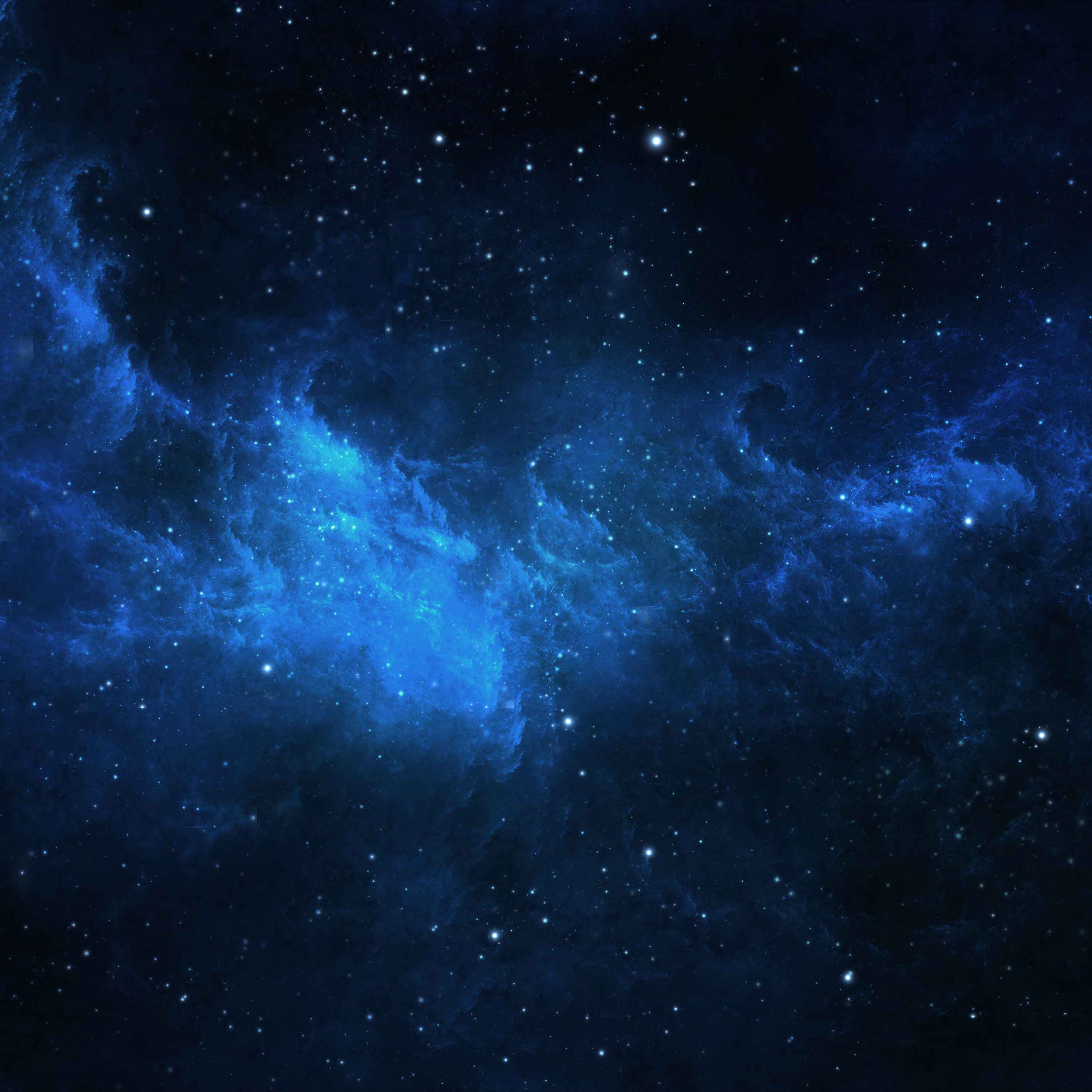- Passer à la navigation principale
- Passer au contenu principal
- Passer à la barre latérale principale
- Passer au pied de page


- Cet évènement est passé
Soutenance de Thèse de Thai Tran
11 décembre 2023 à 8h00 - 11h00
Thèse en anglais, sur le sujet « The sources of cosmic re-ionization as seen by MUSE/VLT ».
Thèse jointe entre Aix-Marseille Université et « Graduate University of Science and Technology » au Vietnam sous la supervision de Roser Pello (LAM/AMU, France) et Dr. PHAM Tuan-Anh (Vietnam Academy of Science and Technology, Vietnam).
Zoom Meeting
https://univ-amu-fr.zoom.us/j/83160229306?pwd=T0FXTzd3Ym1RMWM3TDZOOEJ0ZS9wUT09
Meeting ID: 831 6022 9306
Passcode: 675788
Résumé (en anglais):
At the end of the Dark Ages, when the first structures of the Universe were formed, radiation from these structures ionized the neutral hydrogen atom surrounding its environment. This crucial phase is known as cosmic re-ionization. Today, various hypotheses exist concerning the main contributors to this process, such as Active Galactic Nuclei (AGN), star-forming galaxies, etc. In this thesis, I will investigate the contribution of the star-forming galaxies to cosmic reionization by studying the evolution of the luminosity function with redshift and estimating their star formation rate density at different redshift ranges. We have used data of Lyman alpha emitters collected behind 17 lensing clusters observed with Multi Unit Spectroscopic Explorer (MUSE/VLT). Due to the gravitational lensing effect, the signals from background sources are magnified by a factor of ∼10, and distorted, allowing us to observe multiple images of the background galaxy in the most extreme cases. I present the method used in the thesis to investigate the Luminosity Function (LF), called Vmax method. The final results revealed a slight evolution of the slope value with four redshift ranges 2.9 <z < 4.0, 4.0 < z < 5.0, 5.0 < z < 6.7, and 2.9 < z < 6.7. Some LF points allocated at the faintest luminosity bins and at the highest redshift intervals tend to show a turnover. To address this, we have introduced a modified Schechter function by adding an exponential part representing the turnover. We compared our results in the highest redshift bin 5.0 < z < 6.7 to the theoretical/numerical predictions. This comparison shows good consistency between our results and the predictions, without any re-normalization, but it does not allow us to distinguish between different scenarios. This thesis also discusses the impact of source selection, completeness threshold, and flux measurement on the final shape of the LF at the global redshift range. The best-fit results of the Schechter function at different redshift ranges allow us to determine the luminosity density and convert it to the star formation rate density. These results, compared with those of the critical value for the star formation density, suggest that galaxies selected by their Lyα emission could be responsible for reionization assuming a Lyα photon escape fraction of 8%, with a typical clumping factor of ∼ 3. In any case, they have a substantial contribution to the reionization process.



